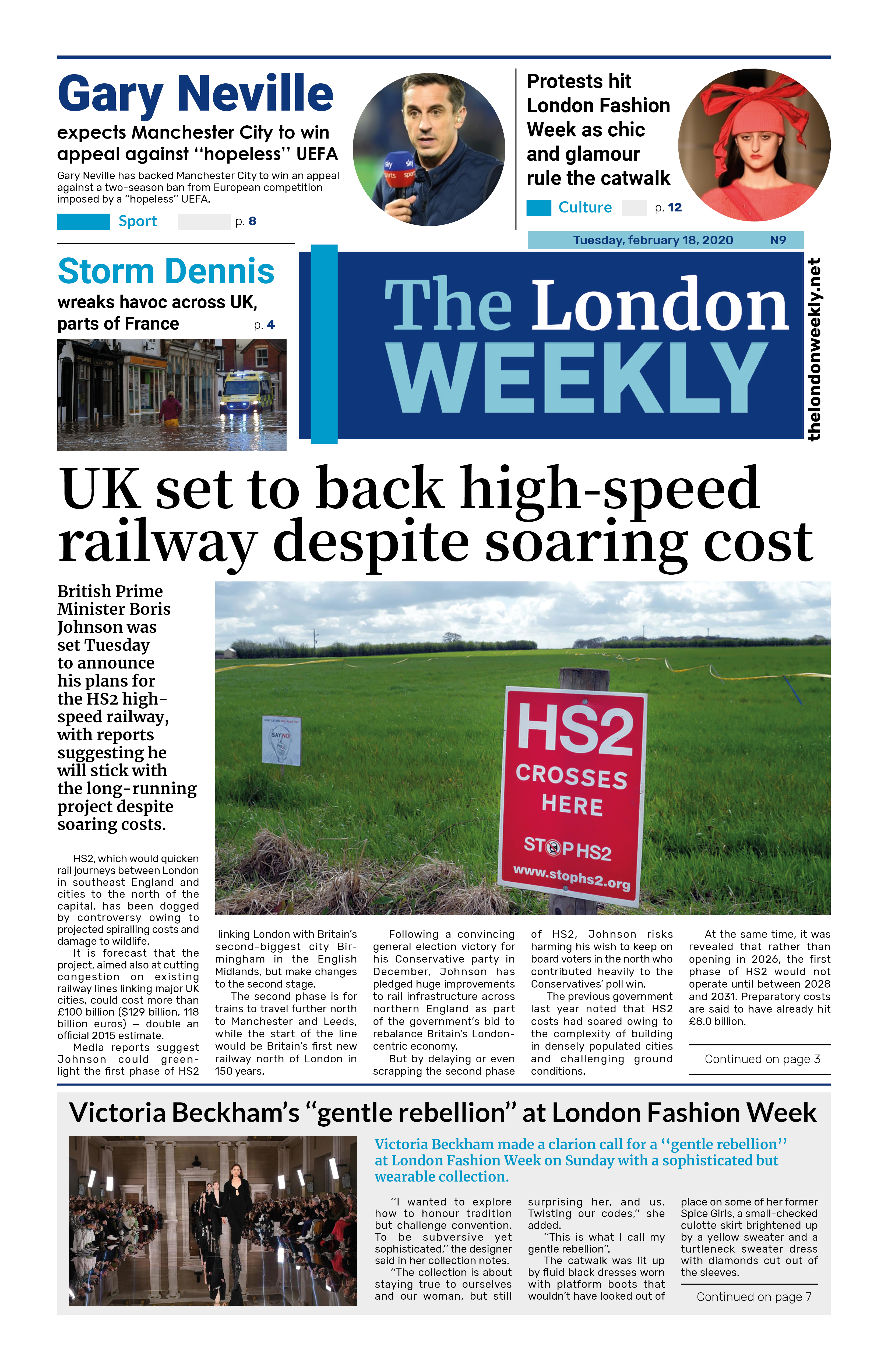
The official figures from the Office for National Statistics (ONS) reveal a lower unemployment rate than initially reported for the three months leading up to November, standing at 3.9% instead
of the previous estimate of 4.2%. However, the inactivity rate has seen an upward revision to 21.9%, up from the earlier recorded 20.8% for the same period.
Changes in data collection methods for the UK labor force prompted these revisions, with the ONS acknowledging the need for adjustments due to low response rates affecting data reliability. Since July of the previous year, official figures have been derived from extrapolations using government tax records and unemployment benefit claims data.
Despite these adjustments, the unemployment rate has remained steady at 4.2% since the three months leading up to June 2023. Corrections to previous data have also resulted in a revised unemployment rate of 4% for the three months to October and 4.1% for the three months to September.
Of concern for the job market, the inactivity rate has been consistently underestimated since at least April to June of the previous year, signaling challenges in the employment landscape. Workforce data plays a crucial role in assessing the overall economic health and influences decisions on interest rates by Bank of England policymakers.
To address data accuracy concerns, the ONS has been working on enhancements, including temporary improvements accounting for population growth and low response rates. The revisions primarily stem from shifts in the population structure, with an increase in economically inactive young people and women, coupled with a decline in female employment levels.
The ONS is set to launch a revamped labor force survey, incorporating face-to-face interviews and an expanded sample size, with the first set of statistics from this initiative expected to be published in September. Photo by Phil Whitehouse, Wikimedia commons.



































